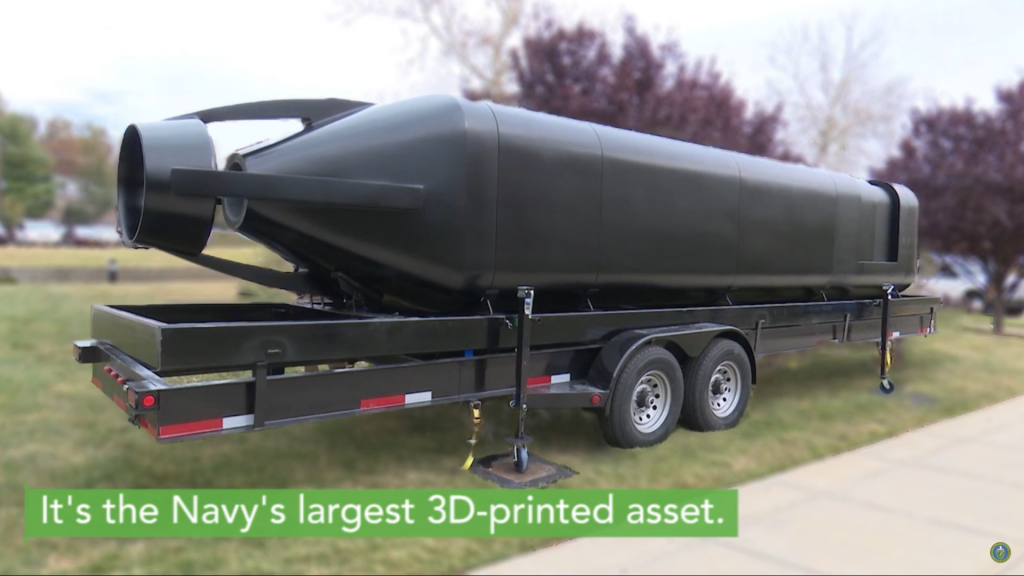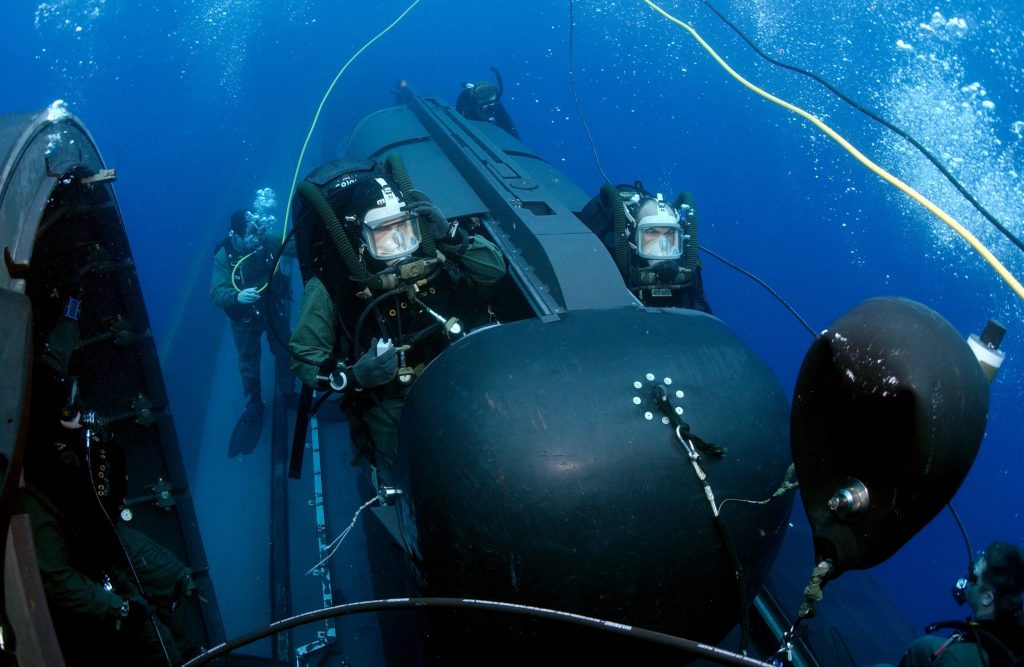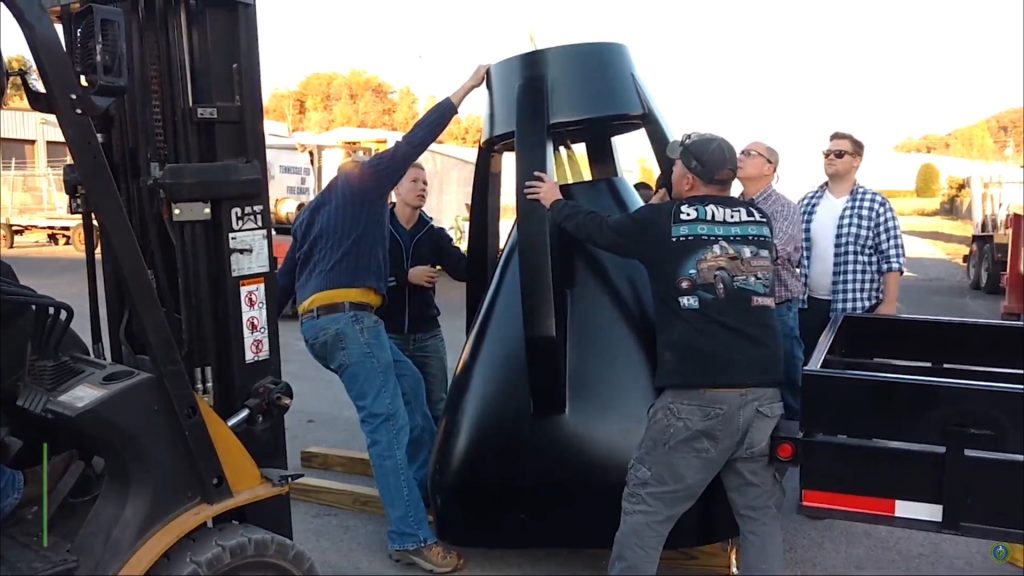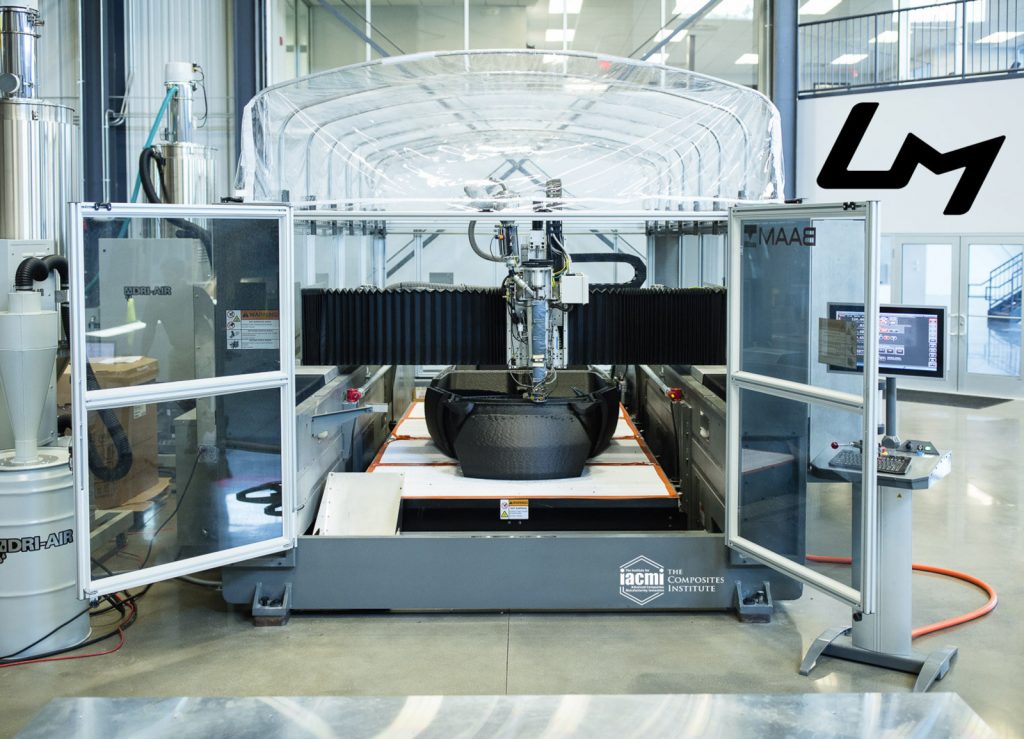In a partnership with the Navy’s Disruptive Technology Lab, Oak Ridge National Laboratory (ORNL) has made the military’s first 3D printed submarine hull.
At 30 feet long, the hull is the Navy’s largest 3D printed asset. It has been made to demonstrate the ability to meet on demand vehicle production as a response to special operations missions.

A submarine in 3 – 4 weeks
The 3D printed Optionally Manned Technology Demonstrator matches the design of a Mark 8 Mod 1 SEAL Delivery Vehicle (SDV), used to transport Navy SEALs and equipment under the sea.

It was made in plastic using ORNL’s FDM Big Area Additive Manufacturing (BAAM) technology, commerciliazed as a 3D printer by Ohio based Cincinnati Inc.
The challenge for Navy engineers was to produce the hull within a four week deadline.
First, the SDV blueprint had to be optimized for 3D printing, and divided into a 6 unit modular design.
By the second week, BAAM had started, continuing around the clock for another 7+ days. The first assembly was completed within the third week, shaving up to seven days off of the initial deadline.

Coming soon 2019
Traditional production of an SDV hull typically takes 3 – 5 months, and manufacturing costs can rack up to anything between $600,000 and $800,000. With BAAM this cost was reduced by 90%.
A second version of the hull is to be created for testing in the wave pool at the Carderock Division of the Naval Surface Warfare Center. First fleet-ready prototypes are expected as early as 2019.
ORNL’s BAAM machine has also been used to make jeeps and the Strati car from Arizona’s Local Motors.

For all the latest 3D printing news, subscribe to the most widely read newsletter in the 3D printing industry, follow us on twitter and like us on Facebook.
Looking for a job in the industry? Register on our jobs board now.
Featured image: U.S. Department of Energy Secretary Rick Perry views the 3D printed proof-of-concept hull for the Optionally Manned Technology Demonstrator (OMTD). (Photo courtesy of Oak Ridge National Laboratory, Department of Energy


